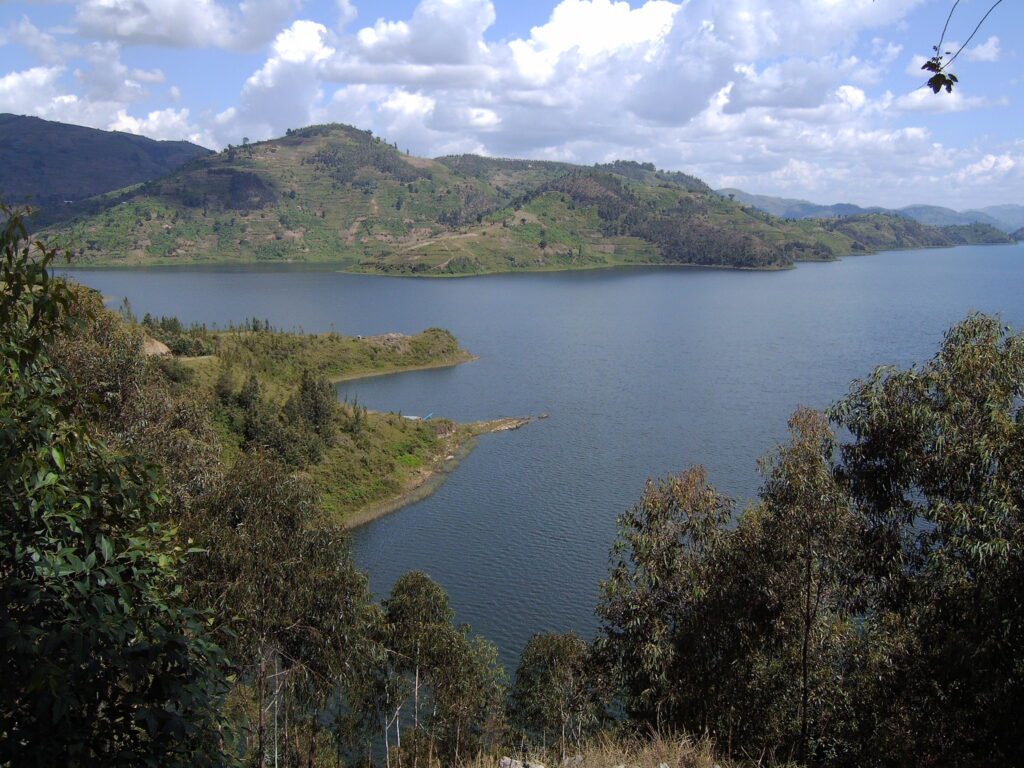- Overview
- Trip Outline
- Gallery
Nyiragongo with its lava lake and gorillas
HIGHLIGHTS
Nyiragongo volcano
The last mountain gorillas
Lake Kivu and its islands
The unique landscapes of the Land of a Thousand Hills
PRACTICAL ASPECTS
Approximately 800 km of tracks and roads on board of comfortable 4 x 4 vehicles.
6 nights spent in good hotels or nicely located guesthouses .
Cold lunches, warm and varied dinners.
Equatorial climate (25 – 30°C). Nights can be fresh, mostly at high altitudes. High risk of rain in the Virunga region.
Experienced English-speaking guide during the whole safari..
About NYIRAGONGO
Nyiragongo is a stratovolcano, 3,470m high. Situated in the East African Rift Valley, it is characterized by extremely fluid lava with high sodium and potassium content. This lava has been responsible for a very particular type of volcanic eruption: an almost permanent lake of molten lava. Following the eruption in 1977, the crater and the system of wells and underground platforms, which it contained, collapsed forming a new crater almost 900m deep. In 1994 and 1995 volcanic activity was once again obvious within the lake of molten lava. It then stabilised at 245m below the summit of the volcano, becoming dormant again. On 17th January 2002, it erupted once again: a network of fissures opened up between the cone of Nyiragongo and the area around the town of Goma. Two massive rivers of molten lava forced their way through the town, destroying 1/5 of the built–up areas and almost the entire economic centre. Immediately afterwards, the cone of the volcano collapsed creating a new well 760m deep. In November 2002, another new lake of molten lava formed at the bottom of the crater and since then volcanic activity has been quiet.
Today the crater looks like a cylindrical well, at the bottom of which is a reservoir 200m deep, filled with molten lava. The lake is in a state of permanent flux and is from time to time disturbed by violent fountains of lava erupting into the air. This regular volcanic activity is due to the vital expulsion of gases from within the volcano.
No details found.
Itineraries
Day 1
ARRIVAL
Meet on arrival at the airport. Transfer to Kigali.
Day 2
KIGALI – GOMA
After an early breakfast, we follow the road as it traverses the thousand hills, with spectacular views along the way. The countryside is a patchwork of green, from the bluish green of the eucalyptus trees planted on the hilltops, the dark green of the cypresses lining the narrow tracks, to the soft green of the rice fields in the valleys. The inhabitants, mainly Hutu of Bantu origin with a Nilotic Tutsi minority, have after years of terrible problems, once again begun to appreciate the benefits of peace. A temperate climate explains the extraordinary diversity of farming: coffee, tobacco, sorghum, potatoes, beans, and bananas. The bends on the road afford us an unbelievable view of the entire Virunga chain. We drive from the vast undulating tea plantations to the hills around Gisenyi, and lying 1,460 metres above sea level Lake Kivu, whose beauty is magnified by the mountains and lush vegetation which surround it.
We cross the border into The Democratic Republic of Congo before stopping for the night at a charming little hotel in Goma.
Day 3/4
NYIRAGONGO
Situated in the east of the country, some 20 km north of Lake Kivu, the Nyiragongo volcano rises to an impressive 3,470 metres overlooking the town of Goma. The volcano is situated in the eastern stretch of the Rift Valley and belongs to the Virunga chain. Nyiragongo is a stratovolcano with two additional satellite volcanoes: Shaheru (2,800 m high, with a crater 80 m deep) and Baruta (standing 3,100m high, with a crater of over 300m in depth) as well as a number of other smaller scoria cones. At the summit is a crater almost 1,200m in diameter. Since the volcanic eruption in 1977 the area had enjoyed a period of relative calm until volcanic activity started again in 1994. The volcano then erupted on 17 January 2002, sending a great cloud of smoke and ash into the sky, and three rivers of molten lava forced their way through the western flank of the volcano at a speed of 60 km per hour. One of these rivers of lava destroyed several neighbouring villages, while the other two passed through Goma cutting a trench 60m wide, before finally reaching Lake Kivu. Once again on 16th July 2002, fountains of molten lava exploded hundreds of metres into the air, from the lake of molten lava at the bottom of the crater.From Goma to the Park Office takes approximately 1 hour. Once all the park formalities have been completed, we set out on our 1,250m climb towards the summit, accompanied by our guide and porters. The climb takes between 5 and 6 hours. After roughly 2 hours, we come upon the lava flows left behind when Shaheru, the volcano we are actually climbing, fractured in January 2002. Increasingly the forest gives way to sparse, often denuded stretches of land, caused by the devastating effect of the volcanic gases. These areas are covered only by groundsel, ferns and sedge and everlastings. Finally we arrive at the summit, and discover for ourselves the volcano’s vast crater. After exploring the crater rim, we set up camp for the night and enjoy dinner prepared by our porters. For the rest of the evening, and part of the night, we wonder at the lake of molten lava below us. The next day, we spend the entire day at the summit, walking, studying and observing the volcanic activity with fantastic views over Nyamulagira. Our backdrop to the west is the imposing forest of the Congo and the other extinct volcanoes which lie to the East (Bisoke, Mikeno and Karisimbi whose summits can appear snow-covered, shrouded in cloud).
Overnight in huts
Day 5
GOMA – VOLCANOES NATIONAL PARK
At dawn we set out on our descent (3-4 hours). Return to and cross to Rwanda. The good tarmac road, which winds through the luxuriant vegetation of the banana and coffee plantations, takes us to Kinigi, at the entrance to the Parc National des Volcans. Overnight near to the park.
Day 6
MOUNTAIN GORILLAS
As the first light of dawn breaks through the curtain of mist clinging to the summits of Karisimbi, Bisoke, Sabinyio, Gahinga and Muhabura, we make our way into the Parc National des Volcans. Tracking the gorillas through the unique vegetation can take several hours of challenging walking in wet and muddy conditions. To see a gorilla, the trek will have been worth the hardship.
Overnight near to the park.
Day 7
KIGALI – DEPARTURE
After a last look at the magnificent volcano range and Lake Ruhondo, drive to Kigali and transfer to the airport.




